This is a beautiful antique French Louis Revival parquetry and ormolu mounted breakfront vitrine, circa 1860 in date. This beautiful cabinet has exquisite parquetry and crossbanded decoration with gilded bronze ormolu mounts. The shaped breccia marble top and cornice above a glazed panelled door enclosing glass shelves, and raised on elegant shaped ormolu mounted feet. Complete with working lock and key. It will add a touch of unparalleled style to your home and is perfect for displaying your collection of silver or porcelain. Condition: In excellent condition having been beautifully cleaned and waxed in our workshops, please see photos for confirmation. Dimensions in cm: Height 158 x width 129 x depth 49 Dimensions in inches: Height 5 foot, 2 inches x width 4 foot, 3 inches x depth 1 foot, 7 inches Parquetry - is a geometric mosaic of wood pieces used for decorative effect. The two main uses of parquetry are as veneer patterns on furniture and block patterns for flooring. Parquetry patterns are entirely geometrical and angular—squares, triangles, lozenges. The word derives from the Old French parchet , literally meaning "a small enclosed space". Large diagonal squares known as parquet de Versailles were introduced in 1684 as parquet de menuiserie to replace the marble flooring that required constant washing, which tended to rot the joists beneath the floors. Such parquets en lozenge were noted by the Swedish architect Daniel Cronström at Versailles and at the Grand Trianon in 1693. Timber contrasting in color and grain, such as oak, walnut, cherry, lime, pine, maple etc. are sometimes employed; and in the more expensive kinds sometimes other tropical hardwoods are also used. Ormolu - Gilt Bronze (from French 'or moulu', signifying ground or pounded gold) is an 18th-century English term for applying finely ground, high-carat gold in a mercury amalgam to an object of bronze.The mercury is driven off in a kiln leaving behind a gold-coloured veneer known as 'gilt bronze'. The manufacture of true ormolu employs a process known as mercury-gilding or fire-gilding, in which a solution of nitrate of mercury is applied to a piece of copper, brass, or bronze, followed by the application of an amalgam of gold and mercury. The item was then exposed to extreme heat until the mercury burned off and the gold remained, adhered to the metal object. After around 1830 because legislation had outlawed the use of mercury other techniques were used instead. Electroplating is the most common modern technique. Ormolu techniques are essentially the same as those used on silver, to produce silver-gilt. Breccia Marble Is a rock composed of broken fragments of minerals or rock cemented together by a fine-grained matrix that can be similar to or different from the composition of the fragments. Breccia rock can be any colour and is very colourful. The colour is determined by the colour of the matrix or cement along with the colour of the angular rock fragments. The word has its origins in the Italian language, in which it means either "loose gravel" or "stone made by cemented gravel". For thousands of years, the striking visual appearance of Breccias has made them a popular sculptural and architectural material. Breccia was used for column bases in the Minoan palace of Knossos on Crete in about 1800 BC. Breccia was used on a limited scale by the ancient Egyptians, one of the best-known examples is the statue of the goddess Taweret in the British Museum. It was regarded by the Romans as an especially precious stone and was often used in high-profile public buildings. Many types of marble are brecciated, such as Breccia Oniciata or Breche Nouvelle. Breccia is most often used as an ornamental or facing material in walls and columns. A particularly striking example can be seen in the Pantheon in Rome, which features two gigantic columns of pavonazzetto, a breccia coming from Phrygia, in modern Turkey. Pavonazzetto obtains its name from its extremely colourful appearance, which is reminiscent of a peacock's feathers,pavone is "peacock" in Italian.


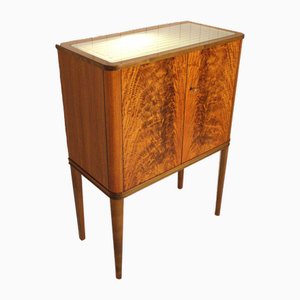
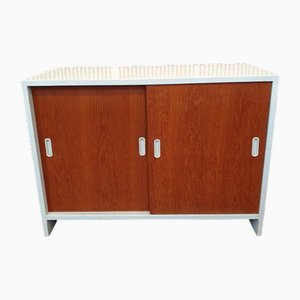
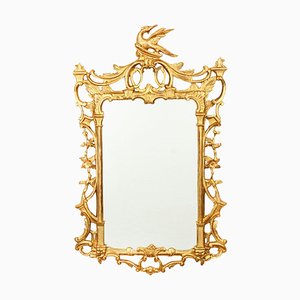
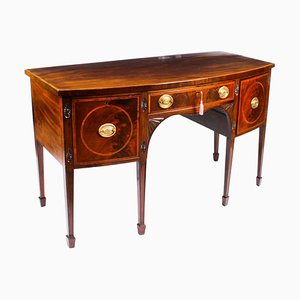
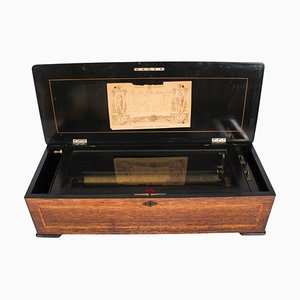
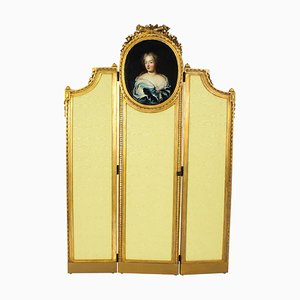
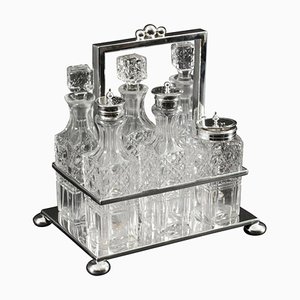
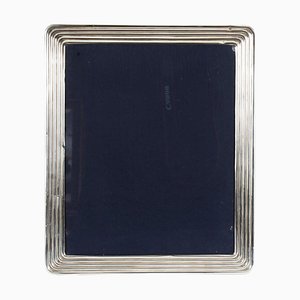
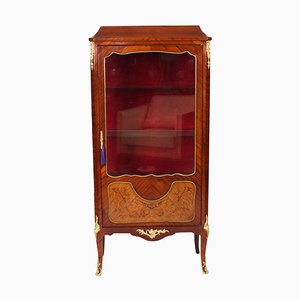
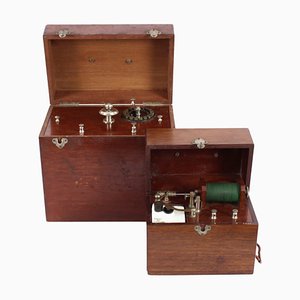
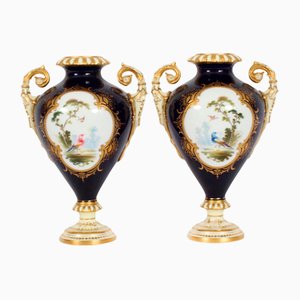
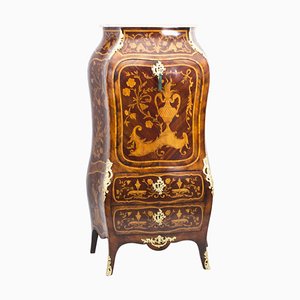
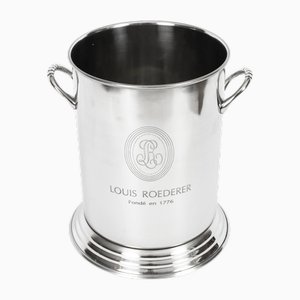
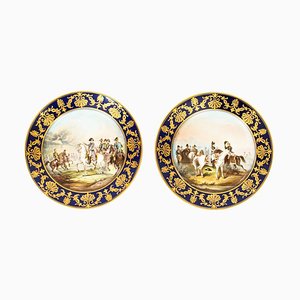


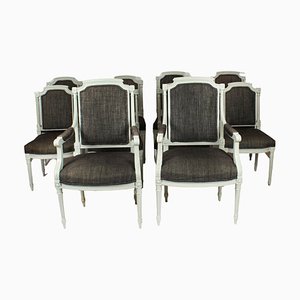
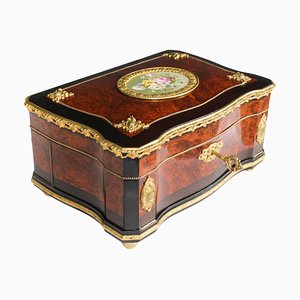
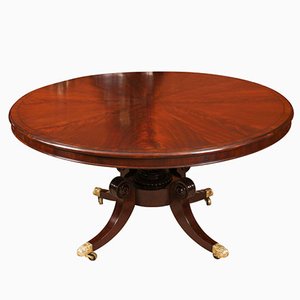
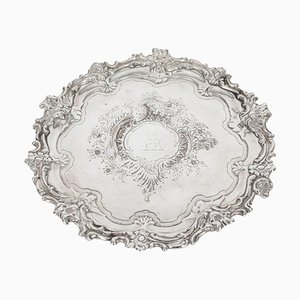
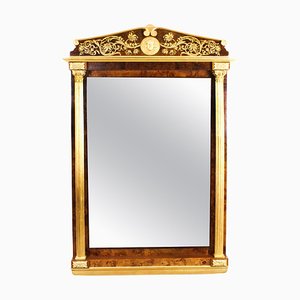

Get in Touch
Make An Offer
We noticed you are new to Pamono!
Please accept the Terms & Conditions and Privacy Policy
Get in Touch
Make An Offer
Almost There!
To follow your conversation on the platform, please complete the registration. To proceed with your offer on the platform, please complete the registration.Successful
Thanks for your inquiry, someone from our team will be in touch shortly
If you are a Design Professional, please apply here to get the benefits of the Pamono Trade Program